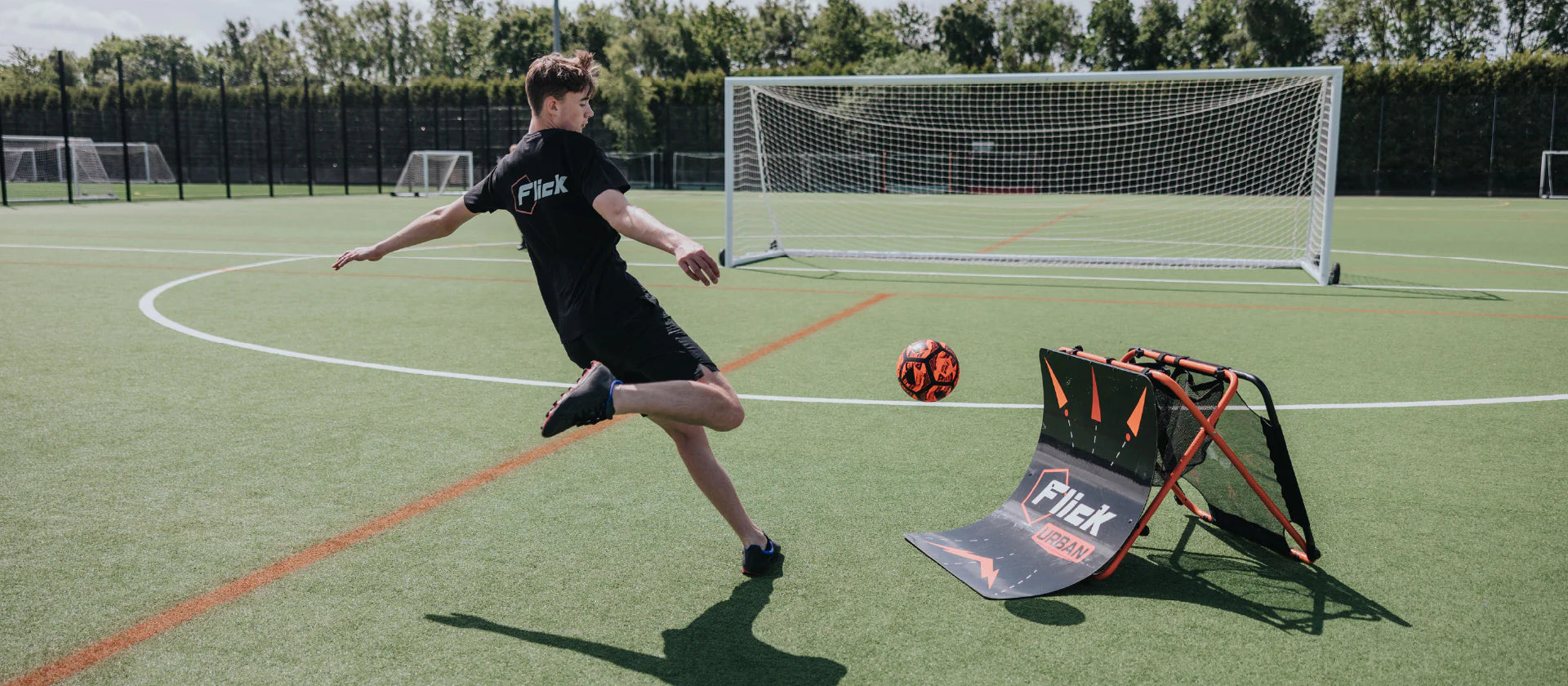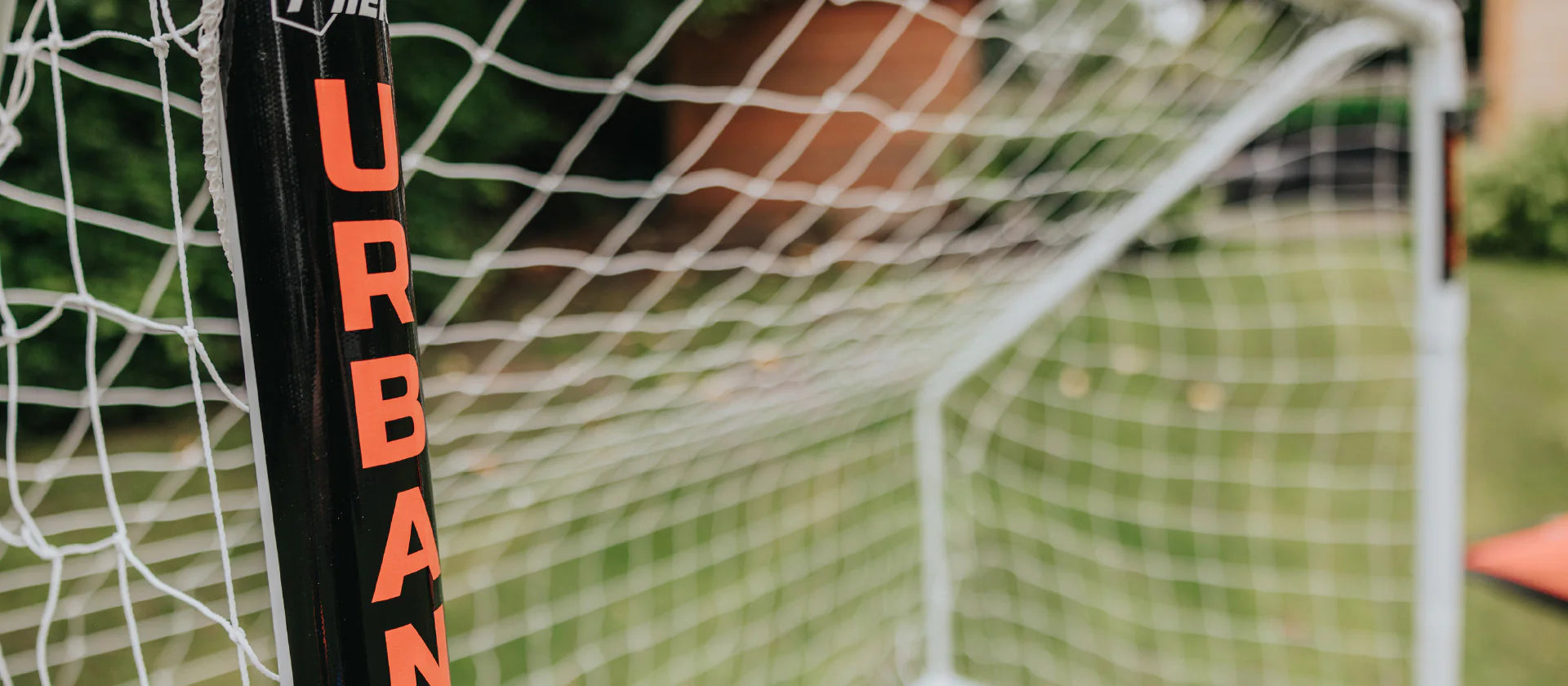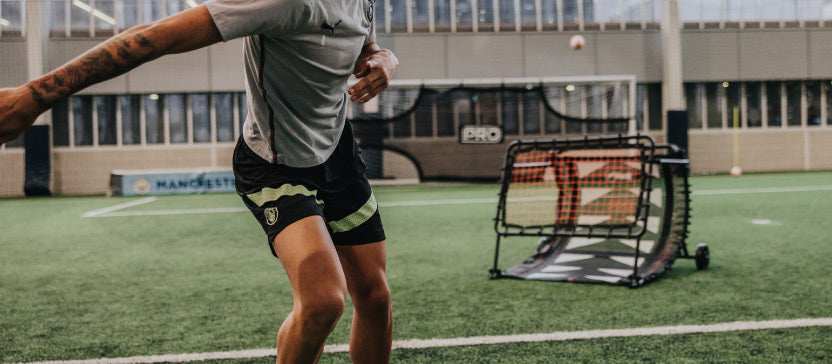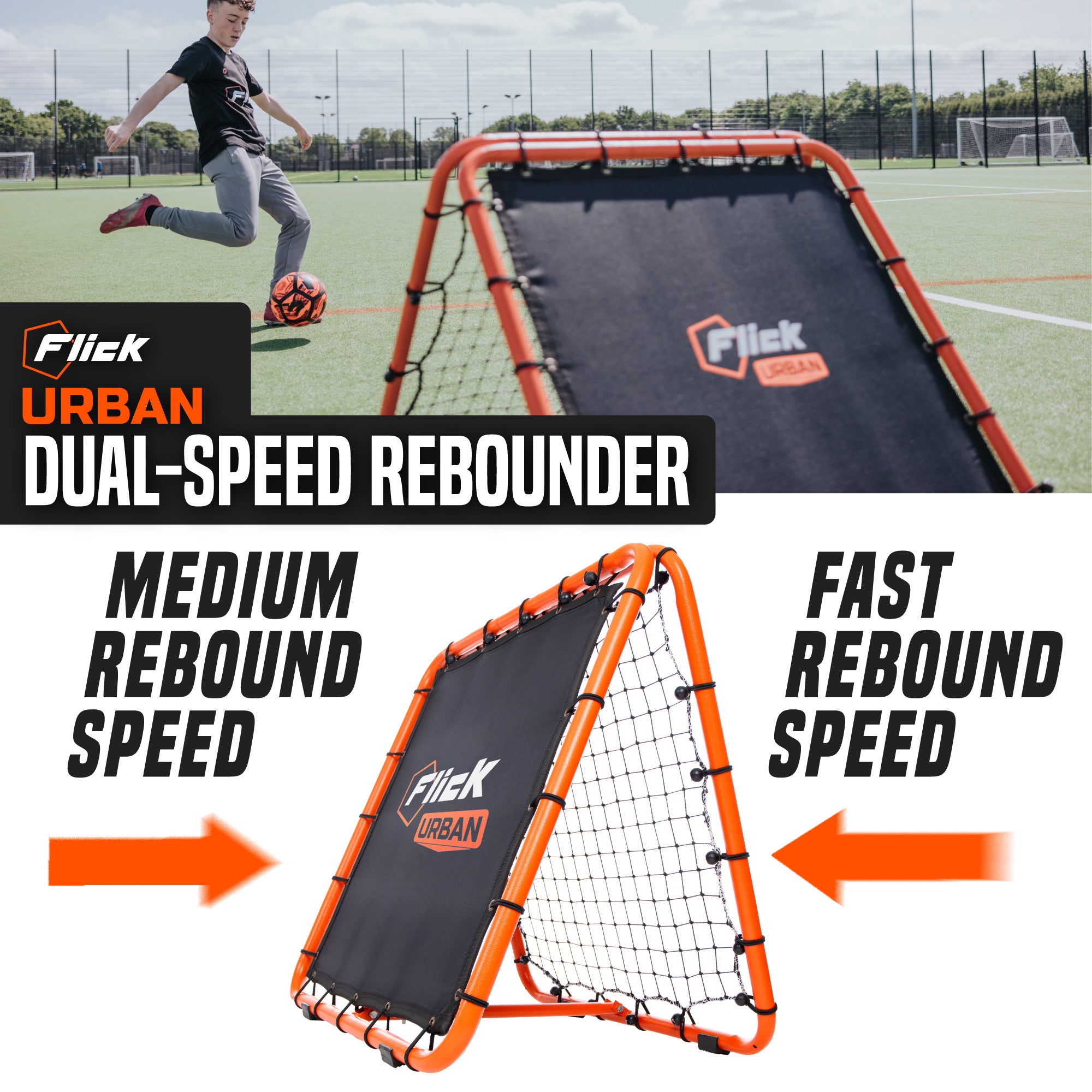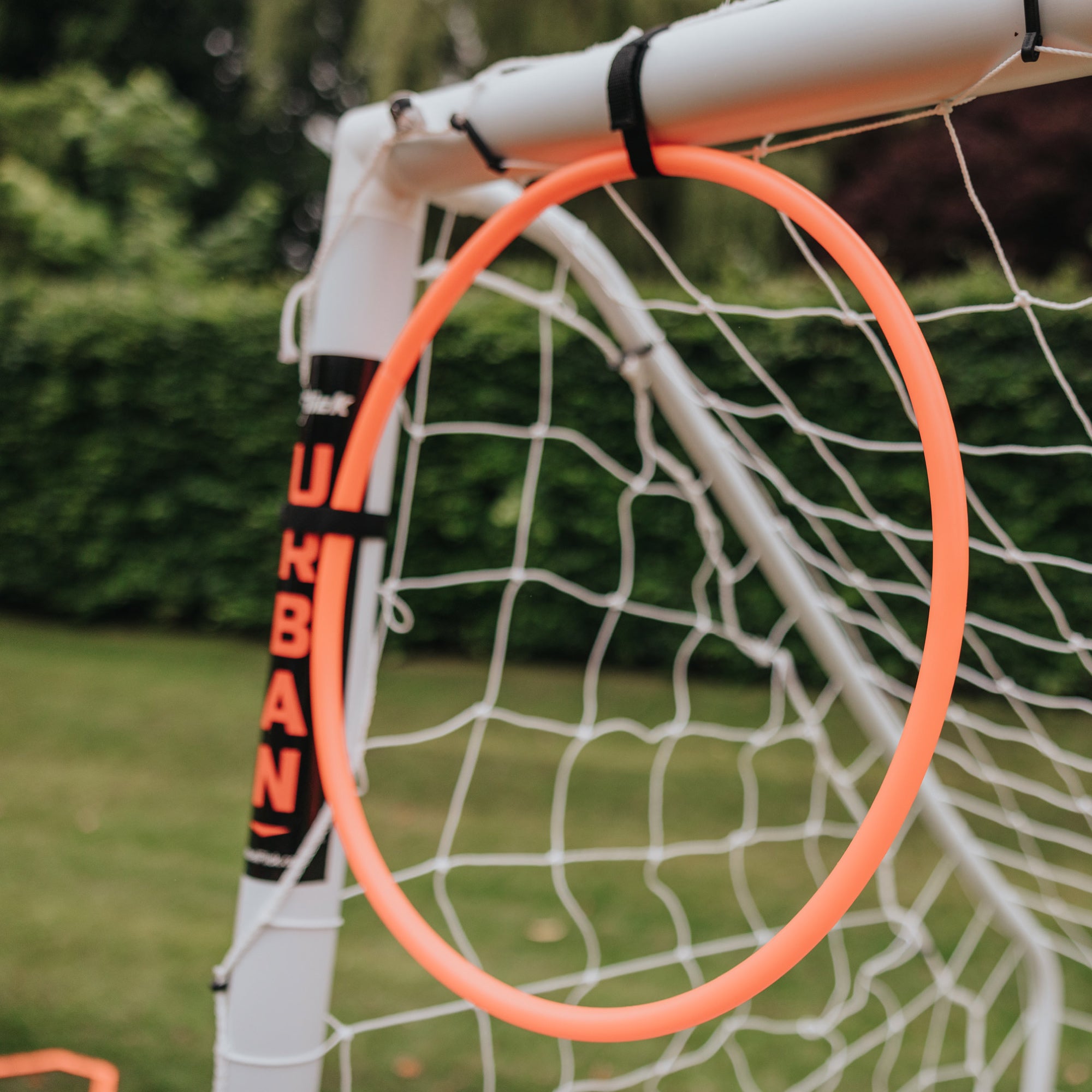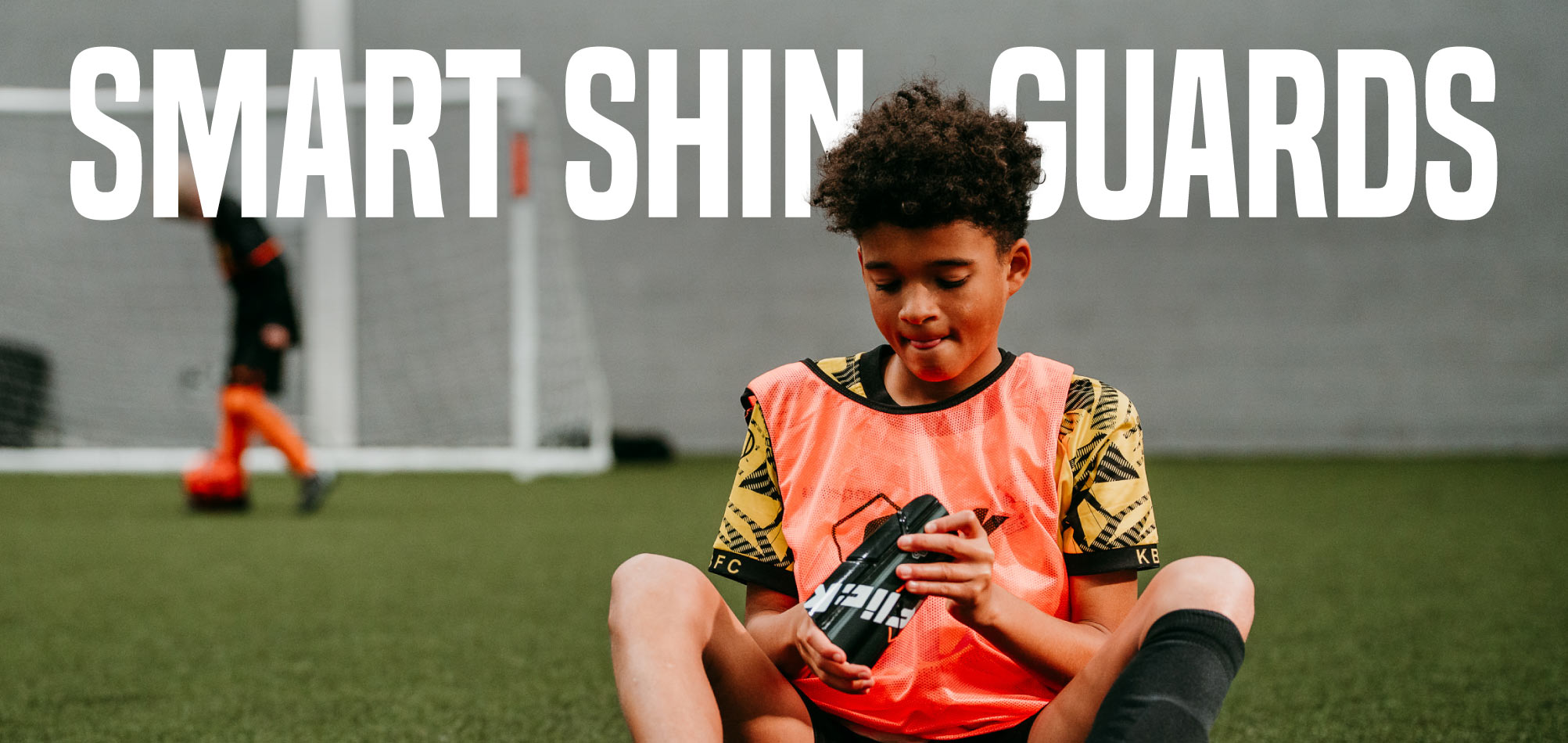Winter football can be hard for seasoned professionals down to the grassroots level. Here are some top tips for winter football training…
Wear compressed layers
Make sure that all the layers you are wearing are tight-fitting and close to the body to keep any expelled heat from escaping. Football training wear is designed to be loose and allow for an easy expel of heat. Make sure you have good winter training wear that isn’t loose-fitting. Avoid shorts in very cold weather. Base layers may provide the best cold-weather protection. Keeping your muscles warm and away from the sharp cold should also help reduce the risk of injury. Check out some of these base layers.
Make sure you are moving from the start of training
In poor weather, you should be either wrapped up warm in heavy coats or blankets unless you are moving. Little games of 1v1’s, keepy up competitions, soccer tennis and pitch pack should help you to keep warm before you kick off or when you get into your training.
Have a change of clothes ready
Once your training session or game is complete you should have a dry change of clothes ready to get into, kept dry in a waterproof or plastic bag. Players exercising will sweat and even with no rain, it will make your clothes damp creating a risk of hypothermia. Body temperature decreases once you stop exercising therefore you must take a warm shower and be ready with a change of clothes.
Get the Correct Equipment
When snow or poor visibility hits make sure you have footballs and training equipment that will stand out in the elements. The Football Flick Urban Ball has a bright, striking design that stands out perfectly during the colder months. The rest of the Football Flick training range uses bright colours to make sure everything else stands out and is easy to see when you are training.



We hope you’ve found these tip for winter football training helpful – let us know what your top tips are in the comments below.
Don’t forget! Shop the full Football Flick Urban and Essentials Range here.
